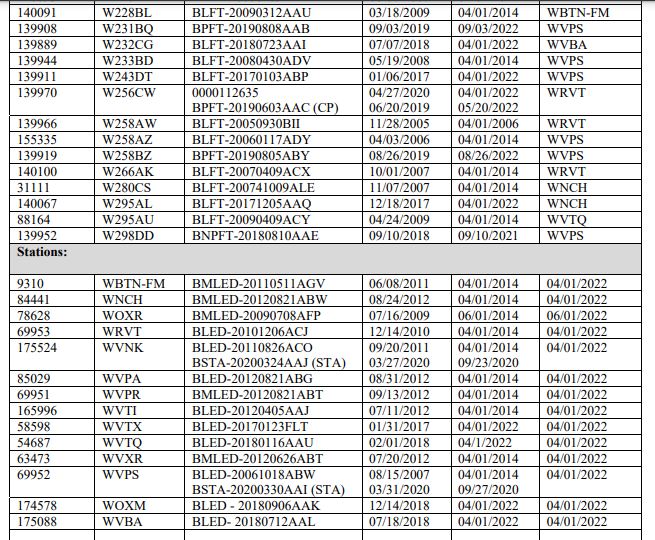In most of the U.S., public radio stations that are members of NPR are largely unaffiliated with the PBS member stations in their market.
That’s about to change in Vermont.
On Wednesday (9/9), a plan and merger agreement was finalized and submitted for approval by the FCC that would see Vermont Public Radio merge with Vermont Public Co., the licensee that owns and operates the PBS stations in the state.
The surviving corporation is “Vermont Public.”
This will see radio holdings that include FM translator W227CA and the following other broadcast stations:

Those radio stations will now be wed to TV properties comprised of WETK-TV, WVTB-TV and channel sharing partners WVER-TV and WVTA-TV.
The new organization will be led by Scott Finn, current president and CEO of VPR. Steve Ferreira, acting Vermont PBS CEO, will serve as COO.
Marguerite Dibble, chair of the Vermont PBS Board, explained the merger by stating, “After many successful collaborations, we’ve recognized that these two organizations share a mission and vision to connect Vermonters. By teaming up, we will be better positioned to serve the community.”
VPR Board Chair Charlie Browne added, “The media landscape is rapidly changing, and the needs of our audiences are evolving. Together, our talents and complementary offerings will provide our audience with the ability to experience education, news, culture, the arts, and local content in a variety of formats, to meet their individual needs.”
Nicole Junas Ravlin will serve as the chair of the new board of directors; Dibble will serve as vice chair. The new board will consist of existing VPR and Vermont PBS directors.
The new organization’s anticipated launch date is July 1, 2021, and is contingent upon FCC regulatory approval and IRS recognition of tax-exempt status.
Over the next several months, VPR and Vermont PBS will work together to develop an integration plan. Both entities, along with their respective boards, will continue to exist independently throughout the integration period.





